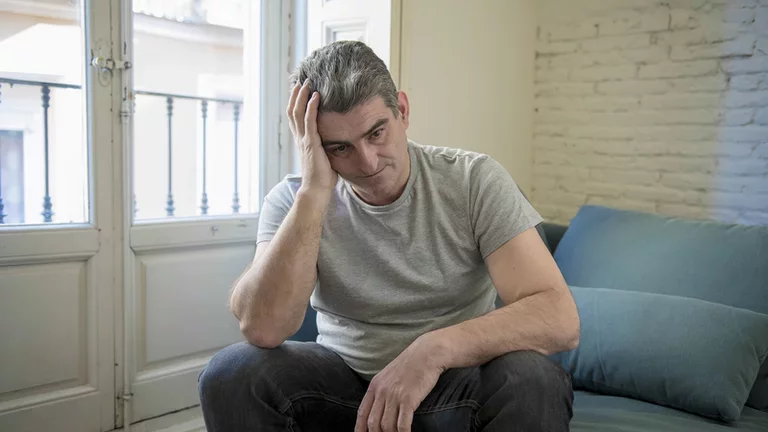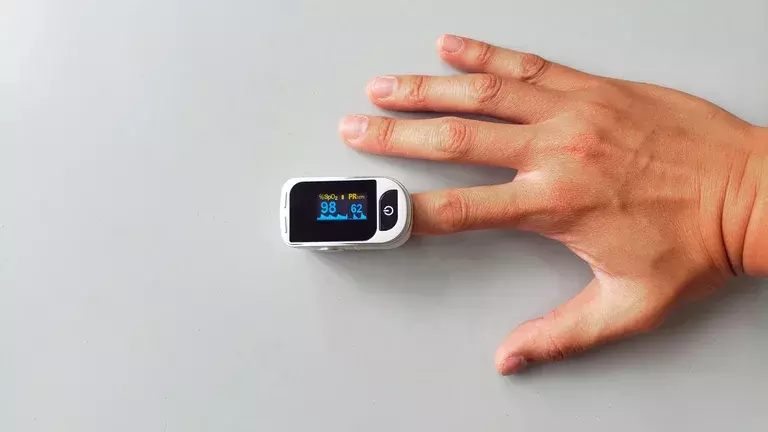Everything you need to know about Sleep Study
Why do I need to undertake a Sleep Study?
You must participate in a sleep study to confirm the diagnosis of obstructive sleep apnea (OSA). During the study, your sleep is monitored and test data are evaluated by a sleep specialist.
Other tests for sleep apnea include:
This test monitors fewer physiological signs than a complete polysomnography and generally focuses on assessing breathing and blood oxygen levels. It is usually performed at home without a specialized professional, but in some cases it can be performed in a sleep laboratory.
This is a method of recording only the oxygen levels in the blood. This nocturnal oximetry test is not a substitute for polysomnography or polygraphy because it only records blood oxygen levels and does not account for other aggravating factors.
How to interpret the results of the Sleep Study
After performing a sleep study and receiving the results, you may be curious to understand what this test has to say about your sleep health. However, technical terms and medical language can be a bit confusing, so it's important to understand what they mean in practice.
Always schedule an appointment to review the results with your doctor, who will then be able to advise on the best course of treatment.
What do the AHI numbers mean?
AHI stands for the Apnea/Hypopnea Index – this is the most reliable metric for assessing whether you suffer from sleep apnea.
The AHI counts the average number of what we call respiratory events – such as apneas or hypopneas – that you have each hour.
Apnea is when you are not breathing for 10 seconds or more and also have a drop in peripheral oxygen saturation or a drop in blood oxygen. Hypopnea is a partial loss of breath for 10 seconds or more and is as severe as an apnea (also has a drop in blood oxygen).
| AHI | Classification |
|---|---|
|
<5 |
Normal (No Sleep Apnea) |
| 5-15 |
Light sleep apnea |
|
15-30 |
Moderate sleep apnea |
|
>30 |
Severe Sleep Apnea |
The Apnea Hypopnea Index measures the severity of sleep apnea: less than 5 events per hour (or an AHI below 5) is considered normal sleep, whereas an AHI greater than 30 per hour suggests you have apnea of serious sleep. Your score against the Apnea and Hypopnea Index will show you where you are on the severity scale.
Body movement and sleep disruptions
Polysomnography is not just about evaluating apneas and hypopneas – there are other things to look out for in a sleep study that could point to a disorder.
For example, RERAs (awakenings associated with respiratory effort due to increased resistance to the passage of air in the airways) are events that affect breathing and sleep quality in ways other than apnea or hypopnea.
The sleep study can also detect arousals or excessive leg movements. All of these events should be considered in the evaluation to establish a diagnosis and the subsequent course of treatment.
Sleep stages
Each sleep cycle contains four stages – known as N1, N2, N3 and REM (Rapid Eye Movement) sleep – and we go through each of these stages multiple times during a typical night.
Sleep apnea can cause awakenings that prevent you from reaching the deepest sleep state (N3), so you wake up feeling tired and keep wanting to nap during the day.
Sleep specialists will be able to detect whether the stages of your sleep are disrupted by analyzing the data provided by monitoring your brain waves via electrocardiogram, which is part of the polysomnography exam.
How do you sleep?
Body position can also have an impact on sleep apnea.
The sleep study will show how long you sleep on your stomach (supine position), on your back and on each side of your body, right or left, (right and left lateral recumbency).
Oxygen saturation (SaO²)
When your breathing pauses during sleep, it means you are not getting all the oxygen you need in your bloodstream. The percentage of your body's ability to inhale and absorb oxygen into your bloodstream is measured by your oxygen saturation (SaO² ) .
In cases of severe sleep apnea, the oxygen level can drop very low – in severe cases it can reach 60% or less during sleep. This can be incompatible with life and means that just over half of the oxygen you need to function is being absorbed.
If the saturation drops below 92%, your body and brain are being deprived of oxygen. This can lead to brain damage and serious cardiovascular problems. CPAP will provide you with the airflow you need to breathe normally and get a good night's sleep, as well as normalize your oxygenation and saturation.
Therapy and treatment
Based on the results of your sleep study, your physician or sleep specialist may recommend another study or the use of associated CPAP therapy for the purpose of performing pressure titration (cmH2O).

